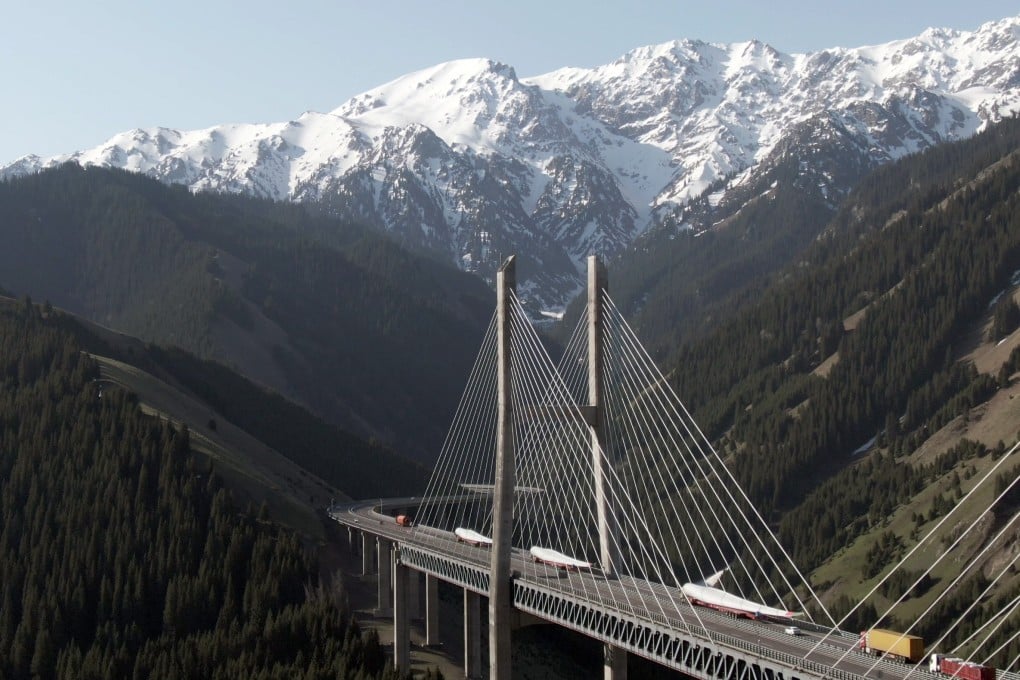Advertisement
Opinion | Western bias against China’s belt and road is hobbling climate action
- As a green tech powerhouse, China can accelerate the Global South’s digital transition and foster a more sustainable model of economic growth
- But a preoccupation with China’s perceived threat has caused the West to overlook the greater common good, even as climate risks accelerate
Reading Time:3 minutes
Why you can trust SCMP
13

China’s Belt and Road Initiative has evolved into an endeavour powered by the Fourth Industrial Revolution and now offers the potential to tackle global challenges, particularly the environmental crisis. But, unless the international community can overcome its divisions and collaborate for the common good, humanity remains vulnerable to the perils of climate change.
Advertisement
In response to geopolitical uncertainties, Beijing pushed its dual circulation strategy in 2020, raising questions about its belt and road commitment. The severe disruption of the Covid-19 pandemic further affected progress. But next month, as China marks the initiative’s 10th anniversary, it is expected to allay any lingering concerns and reaffirm the project’s pivotal role in its global engagement strategy.
The Belt and Road Initiative is likely to gain strategic relevance as the central platform through which China seeks to enhance connectivity among countries within the expanding Brics grouping, currently comprising Brazil, Russia, India, China and South Africa.
Last month, China released a new country map that sparked strong protests from neighbouring countries, including Malaysia. But while firmly rejecting China’s “10-dash line” claims in the South China Sea, Malaysia asserted its commitment to resolving the dispute through peaceful dialogue and consultation.
Like most of China’s trading partners, Malaysia is eager to ensure the territorial dispute does not negatively affect economic relations. Prime Minister Anwar Ibrahim recently attended the China-Asean Expo in the southern Chinese city of Nanning, where he not only secured investment deals worth nearly 20 billion ringgit (US$4.3 billion) but also received an assurance of Beijing’s support in realising Malaysia’s recently unveiled New Industrial Master Plan 2030.
Advertisement
China and Malaysia’s pragmatic collaboration is a notable example of the critical imperative for conflict management, which forms the bedrock of the Belt and Road Initiative: a readiness to set aside differences for a greater common good. The Belt and Road Initiative operates in intricate geopolitical terrain – its resilience can be attributed to the Global South’s willingness to collaborate for collective benefit despite differences.

Advertisement
